Wolfram Data Repository
Immediate Computable Access to Curated Contributed Data
Locations of spruce trees annotated with diameter marks
| In[1]:= |
| Out[1]= |  |
Summary of the spatial point data:
| In[2]:= |
| Out[2]= | 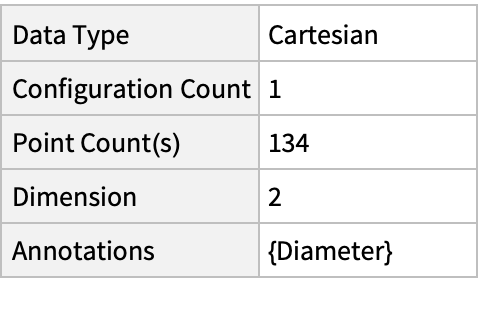 |
Plot the spatial point data:
| In[3]:= |
| Out[3]= | 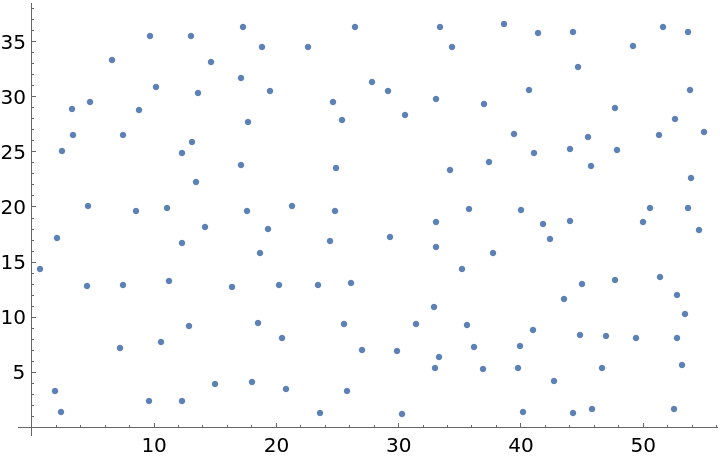 |
Visualize point with annotations:
| In[4]:= |
| Out[4]= | 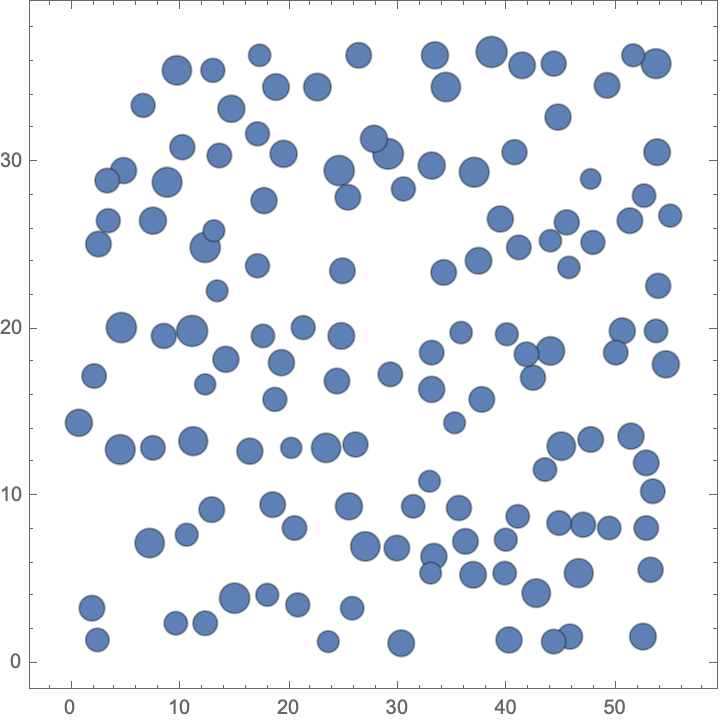 |
Visualize smooth point density:
| In[5]:= |
| Out[5]= |  |
| In[6]:= | ![Show[ContourPlot[density[{x, y}], {x, y} \[Element] ResourceData[\!\(\*
TagBox["\"\<Sample Data: Spruce Trees\>\"",
#& ,
BoxID -> "ResourceTag-Sample Data: Spruce Trees-Input",
AutoDelete->True]\), "ObservationRegion"], ColorFunction -> "Rainbow"], ListPlot[ResourceData[\!\(\*
TagBox["\"\<Sample Data: Spruce Trees\>\"",
#& ,
BoxID -> "ResourceTag-Sample Data: Spruce Trees-Input",
AutoDelete->True]\), "Data"], PlotStyle -> Black]]](https://www.wolframcloud.com/obj/resourcesystem/images/abc/abcb9c0b-8843-46ca-9042-af2fb3874418/1b42848bba92b918.png) |
| Out[6]= | 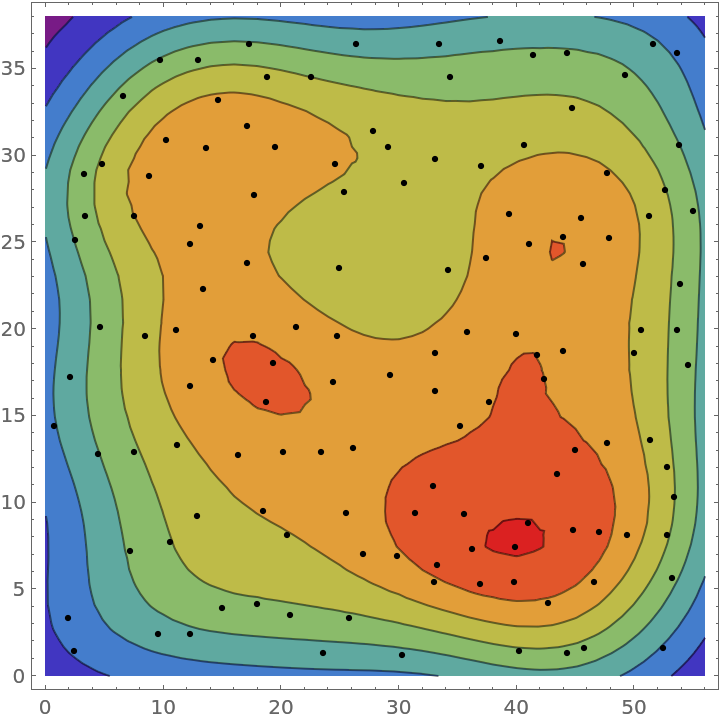 |
Compute probability of finding a point within given radius of an existing point - NearestNeighborG is the CDF of the nearest neighbor distribution:
| In[7]:= |
| Out[7]= |  |
| In[8]:= |
| Out[8]= |
| In[9]:= |
| Out[9]= | 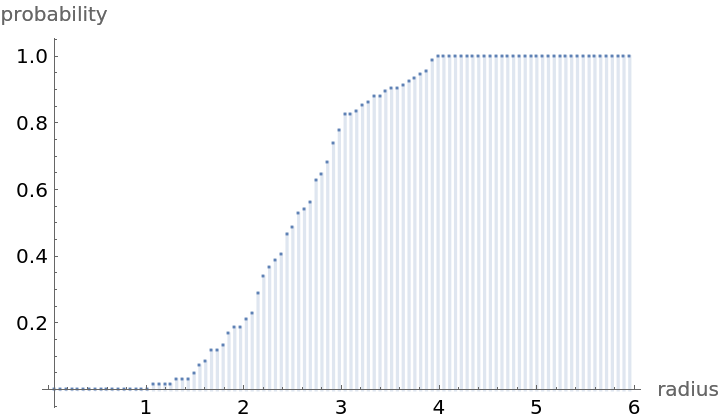 |
NearestNeighborG as the CDF of nearest neighbor distribution can be used to compute the mean distance between a typical point and its nearest neighbor - the mean of a positive support distribution can be approximated via a Riemann sum of 1- CDF. To use Riemann approximation create the partition of the support interval from 0 to maxR into 100 parts and compute the value of the NearestNeighborG at the middle of each subinterval:
| In[10]:= | ![step = maxR/100;
middles = Subdivide[step/2, maxR - step/2, 99];
values = nnG[middles];](https://www.wolframcloud.com/obj/resourcesystem/images/abc/abcb9c0b-8843-46ca-9042-af2fb3874418/2753d64c0f5ede43.png) |
Now compute the Riemann sum to find the mean distance between a typical point and its nearest neighbor:
| In[11]:= |
| Out[11]= |
Account for scale and units:
| In[12]:= |
| Out[12]= |
Test for complete spacial randomness:
| In[13]:= |
| Out[13]= |  |
Fit a Poisson point process to data:
| In[14]:= | ![Clear[\[Mu]];
EstimatedPointProcess[ResourceData[\!\(\*
TagBox["\"\<Sample Data: Spruce Trees\>\"",
#& ,
BoxID -> "ResourceTag-Sample Data: Spruce Trees-Input",
AutoDelete->True]\), "Data"], PoissonPointProcess[\[Mu], 2]]](https://www.wolframcloud.com/obj/resourcesystem/images/abc/abcb9c0b-8843-46ca-9042-af2fb3874418/73d62c804f18d3b1.png) |
| Out[15]= |
Gosia Konwerska, "Sample Data: Spruce Trees" from the Wolfram Data Repository (2022)